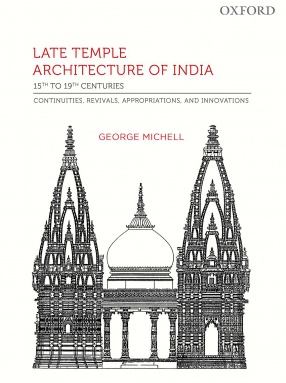
George Michell

Showing all 24 books

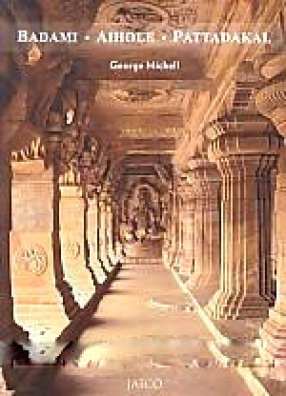

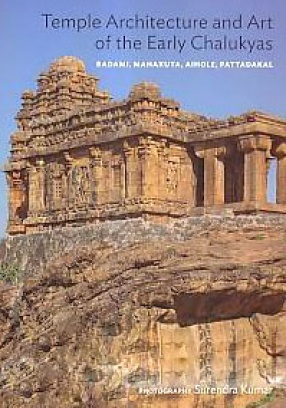
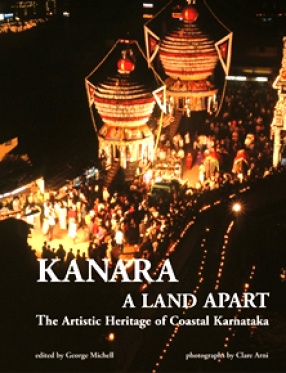
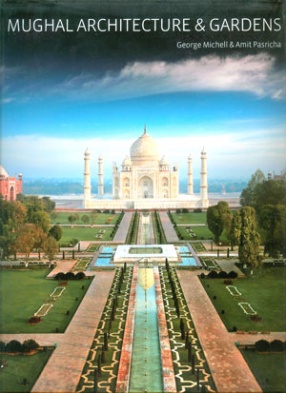
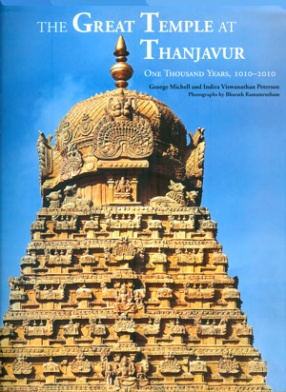
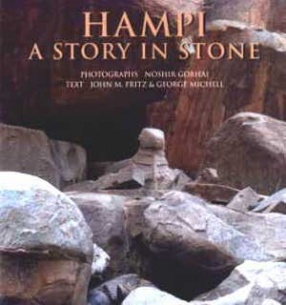
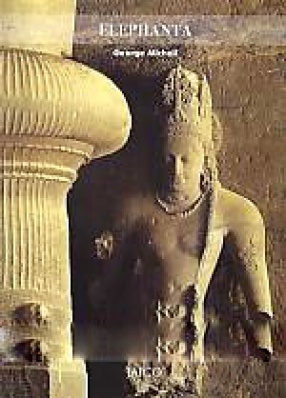

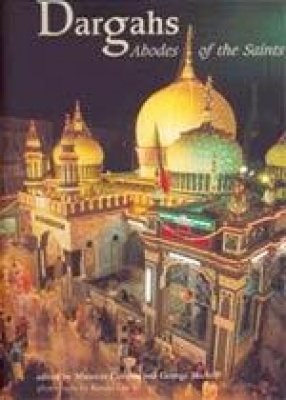

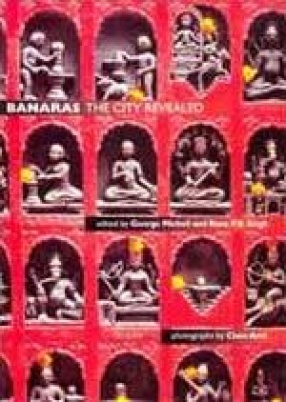


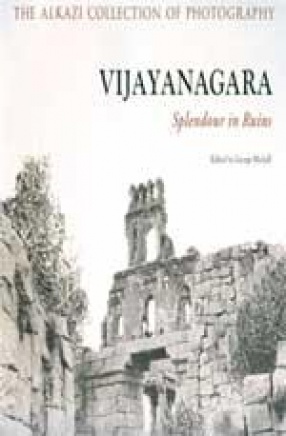

From the fifteenth century on, after a period of widespread destruction and demolition, India witnessed a resumption of temple patronage and building activity. These 'late' temples, however, are usually overlooked by architectural and art historians, who tend to privilege the earlier phases of Indian architecture and art, the prevailing assumption being that India's 'late' temples are unworthy of serious attention. As illustrated in this volume, nothing could be ...
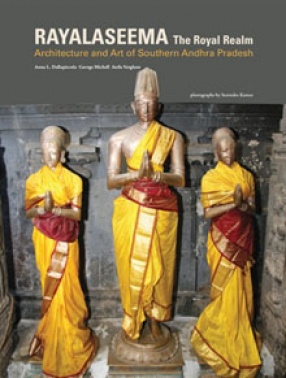
This volume of Marg is dedicated to the architectural and artistic heritage of Rayalaseema, the Royal Realm, a name given to the region encompassing Kurnool, Anantapur, Cuddapah and Chittoor districts in present-day Andhra Pradesh. This legacy may be traced back more than 2,000 years, as evidenced by the ancient, enigmatic stone figural lingam at Gudimallam. During the 14th–17th centuries Rayalaseema enjoyed unprecedented political and economic importance. ...

The town of Badami, the nearby villages of Aihole and Pattadakal, and the pilgrimage site of Mahakuta, in the Malprabha valley of central Karnataka, are celebrated for their magnificent rock-cut shrines and structural temples. These Hindu and Jain monuments are associated with the Early Chalukyas who reigned over this part of the Deccan during the 6th–8th centuries. Together with a profusion of magnificent sculptures, mostly found in situ, these shrines and ...

Hampi is one of the most beautiful and evocative of all historical sites in south India. Austere yet grandiose, it was established as the seat of the Vijayanagara empire in the mid-14th century, a time when art and architecture flourished. Contemporary chroniclers from Persia, Italy, Portugal and Russia visited the empire during this period and left glowing accounts of a city that was conquered by Sultanate troops in AD 1565, pillaged for six months and ...

The early Chalukyas of Badami (c. 6th-8th centuries) are known to have built a large number of rock-cut and structural temples, scattered over the entire Karnataka. In this south Indian state, their distinctive monuments can be seen in Aihole, Badami, Pattadakal, Mahakuta, and a few other places. By the end of the 6th century, they had also excavated highly impressive rock-cut temples at Badami and Aihole. These Early Chalukyan monuments are of special interest ...
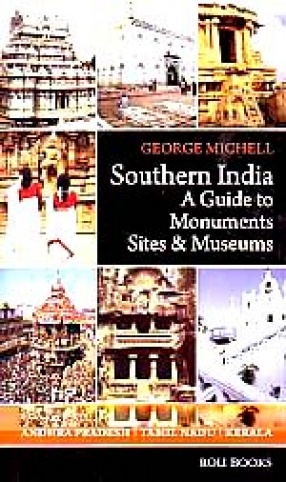

This book is dedicated to the unique architectural and artistic heritage of Kanara or Kannada, the well watered, densely forested Arabian Sea coastal strip of Karnataka, comprising the present-day districts of Dakshina and Uttara Kannada. Celebrated as one of India’s principal sources of rice and pepper, Kanara benefited through the centuries from lucrative interregional and international trade. In consequence, the region has been inhabited by wealthy and ...

Mughal Architecture and Gardens reveals the grandeur of what is undoubtedly one of the most impressive groups of monuments and gardens ever to be ascribed to a single royal lineage. Innovative and inspirational, these sixteenth and seventeenth century constructions demonstrate the staggering wealth and power of those responsible for their creation, notably the emperors Akbar, Jahangir and Shah Jahan.
Mughal architecture is a remarkable hybrid that fuses building ...

A thousand years ago, 1010 CE the Brihadishvara Temple at Thanjavur was consecrated by Rajaraja I Chola. This truly visionary monarch was the sponsor of what may be regarded as the greatest Hindu monument in the Tamil country. The genius of Rajaraja's architect, who conceived and executed this stupendous structural feat, and the multifarious talents of the numerous artists employed to work on its stone carvings and mural paintings, are still apparent today. ...

Text by John M. Fritz and George Michell. Photographs by Noshir Gobhai, Eminence Designs Pvt Ltd, 2009, 196 p, 166 col. photos, maps, ISBN : 8190382160, $125.00 (Includes free airmail shipping) The ruins of Vijayanagara, The City of Victory, known better today as Hampi, on the right bank of the Tungabhadra River in Northern Karnataka, constitute one of the most extensive and spectacular historical sites to be found anywhere in India.Capital of the largest of all ...

For more than twenty years now, an international team of researchers has been investigating the layout, architecture, and art of Hampi, identified with the 14th to 16th-century imperial city of Vijayanagara. John M. Fritz and George Michell, who are co-directors of this project and also guest editors of this volume, offer an introduction which gives an overview of the exploration and documentation of this largest and grandest of all South Indian urban sites, ...
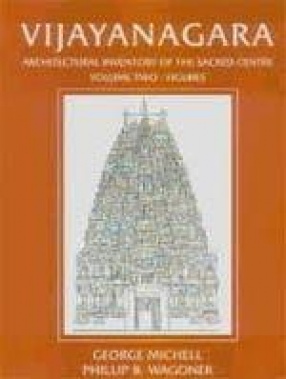
This architectural inventory documents all the structures of the Sacred Centre of Vijayanagara, the great ruined Hindu capital on the Tungabhadra river in central Karnataka. The Sacred Centre is of outstanding interest from the historical and religious point of view, since it is the oldest part of the Vijayanagara site, with shrines dating back to the ninth century AD. With the establishment of the capital by the Sangamas in the fourteenth century, it was the ...
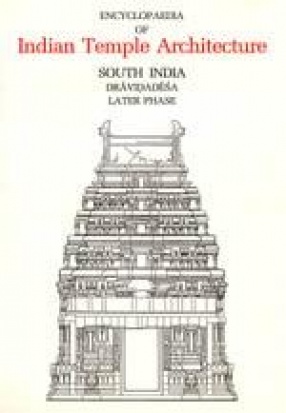
This, the fourth set of volumes to survey the temple architecture of South India, concentrates on the period of the Vijayanagara empire during which the Sangama, Tuluva, and Aravidu kings ruled over a substantial portion of Karnata, Andhra and Tamilnadu. However, the volume begins with temple architecture in the decades immediately preceding the foundation of the Vijayanagara in the middle of the 14 century, and continues with the religious monuments of the ...

The 6th-century rock-cut cave temple on Elephanta island, in the middle of Mumbai harbour, is the home of Shiva, the greatest of all Hindu gods. Elephanta leads the reader through this magnificent cave temple, examining its overall architectural scheme and interpreting the myths of Shiva that are depicted so forcefully in the extraordinary stone sculptures. The outstanding photographs capture the beauty and magic of the cave. This book also contains fascinating ...

Among Tamil Nadu’s innumerable temples, Chidambaram occupies a unique place as the home of Nataraja, the dancer form of Shiva. This is now one of the most celebrated images of any Hindu deity, renowned throughout India and indeed all over the world. The mythical corpus associated with Shiva’s dance of creation in the celbrated Golden Hall, or Chit Sabha complex, at Chidambaram underscores the iconography of Nataraja and the architectural configuration of ...

The dargahs of India are testaments to the widespread belief in the spiritual teachings and supernatural powers of Muslim saints. Known most commonly in India as shaykhs, these saints mostly belonged to various mystical Sufi orders that traced their origins to northeastern Iran and Central Asia, some going back as far as the 9th -10th centuries. Devotees regularly visit the tombs of these shaykhs, known as dargahs, to seek spiritual solace and the fulfillment of ...

This issue of Marg attempts to bridge the gap between art history and religious history by placing some of the greatest monuments of Tamil Nadu within an appropriate religious and ritualistic context. The interaction of sacred and urban space is the underlying theme of the volume, and this is explored at a select number of key sites throughout the state. The temples chosen are those at Kanchipuram, Tiruvannamalai, Chidambaram, Srirangam, Madurai, and Mylapore ...

This volume of Marg is dedicated to the physical environment of Banaras as embodied in an extremely diverse series of historical monuments that overlook the ghats lining the river Ganga or are tucked away in the crowded streets and lanes of the city. Dating from the last eight hundred years or so, these buildings were erected by the Delhi sultans and their successor, the Mughal emperors, as well as by Rajput princes and Maratha kings and queens, and rulers of a ...

This book is part of the Monumental Legacy series, aimed at giving a brief and accurate introduction to the World Heritage (Culture) Sites in India. The series is addressed to the general reader but is also of use to scholars interested in the history of the site. The largest and most elaborate Early Chalukya temples are found at Pattadakal in northern Karnataka. The town along with Badami and Aihole host a series of richly embellished and well-preserved temples ...

The architecture of the courtly monuments at Vijayanagara and at the later capitals of the Vijayanagara kings at Penukonda and Chandragiri is a distinctive blend of indigenous southern Indian features and imported Islamic styled elements derived from the Bahmani traditions of the Deccan. This volume sets out to provide the Vijayanagara period courtly monuments with a complete description, and a full set of photographs accompanies the text.
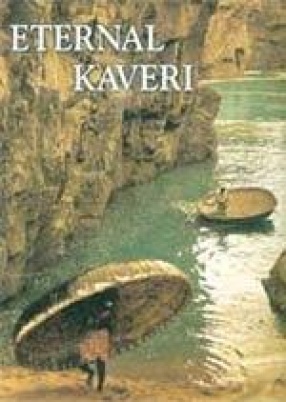
The volume opens with the story of the river itself, beginning in the wooded hills of Kodagu and ending on the Coromandel coast. Clare Arni and the editor George Michell chart the course of the Kaveri and the most important historical monuments that lie on or near its banks. Indira Peterson turns to Tamil literature to explore the river in myth and legend, especially the stories of the Kaveri being transformed into a Goddess. The first historical location on the ...

A Visual and intellectual treat awaits the reader of this book which ranges from monumental architecture, sumptuous textiles, a flood of the finest miniature paintings down to exquisitely crafted objects of jade -all marked by a common aesthetic coherence that is the hallmark of Mughal style. Analyzing the influences that constitute this style -the Central Asian inheritance, the artistic practices of Persia, and the incalculably rich tradition of India -the book ...

The remarkably accomplished Alexander Greenlaw, probably the first photographer to reach Vijayanagara in South India in 1855, is known principally through his monumental paper negatives of this great imperial Hindu city. Greenlaw, an army officer, explored the vast territory, capturing the temples, shrines, palaces and pleasure pavilions with his camera, as well as recording the dramatic landscape that surrounds the ruins of this once majestic ...
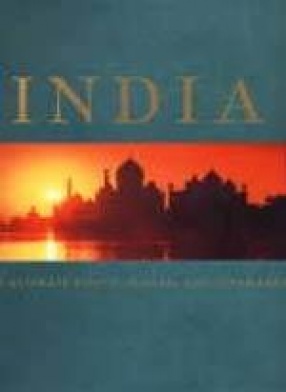
Just over 60 years after winning independence from British rule, India's economy is booming and the nation is fast becoming a leading global power. Home to a dizzying array of peoples, beliefs, lifestyles, and languages, India can seem overwhelming in its complexity. This book takes the lid off this vast and intriguing country, where tradition and modernity coexist. India offers an eye-opening, thought-provoking, and authoritative visual guide to one of the ...
